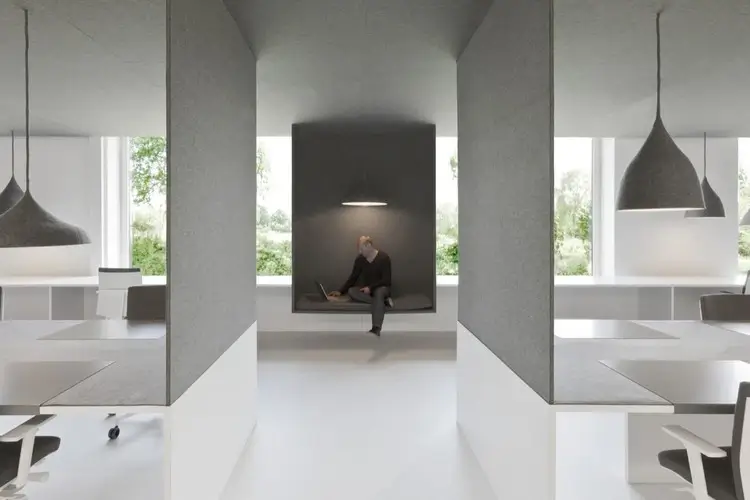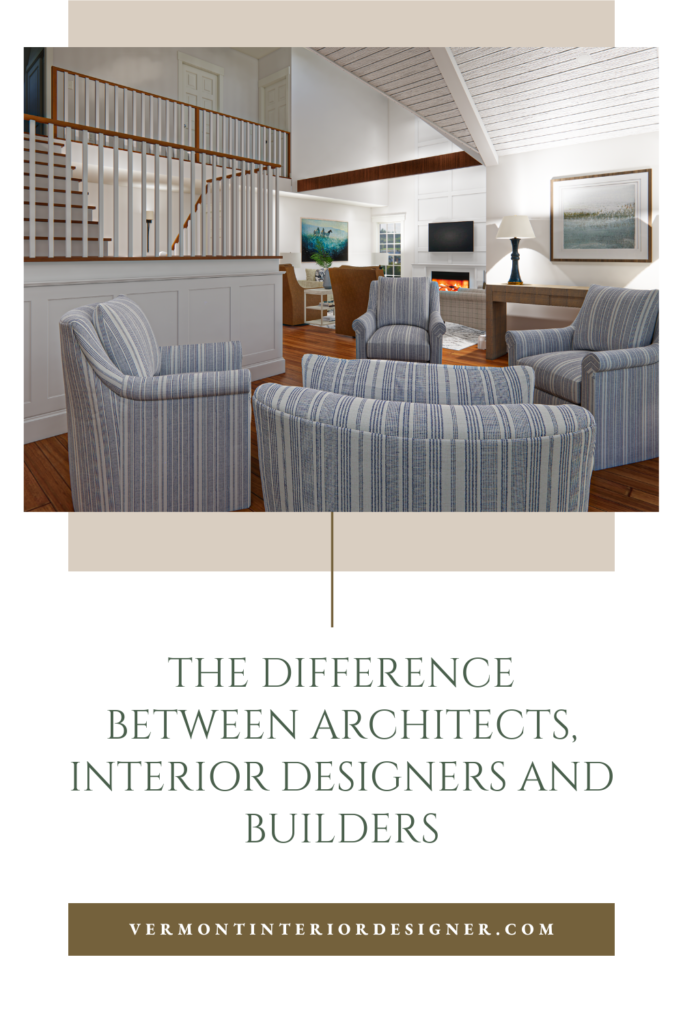The Art of Equilibrium: How Interior Design and Home Architect Collaborate for Stunning Results
In the realm of home layout, striking an equilibrium between appearances and functionality is no little task. This fragile equilibrium is accomplished via the unified cooperation between interior designers and designers, each bringing their special competence to the table. The outcome? Rooms that are not just aesthetically stunning but additionally extremely habitable. This excellent mix is not constantly very easy to acquire. Stick with us as we discover the intricacies of this joint procedure and its transformative effect on home layout.
Recognizing the Core Distinctions Between Interior Decoration and Home Design
While both indoor layout and home design play vital roles in producing aesthetically pleasing and useful areas, they are naturally different techniques. It deals with the 'bones' of the framework, functioning with spatial measurements, load-bearing wall surfaces, and roof styles. On the various other hand, interior design is extra worried with improving the visual and sensory experience within that structure.
The Harmony In Between Home Style and Interior Layout
The harmony in between home architecture and Interior Design hinges on a common vision of layout and the enhancement of functional aesthetic appeals. When these 2 areas straighten harmoniously, they can change a space from normal to phenomenal. This cooperation calls for a deeper understanding of each self-control's principles and the capability to develop a cohesive, visually pleasing setting.
Unifying Style Vision
Merging the vision for home style and Interior Design can develop a harmonious space that is both useful and visually pleasing. The balance begins with an integrated attitude; engineers and interior designers collaborate, each bringing their knowledge. This unison of ideas forms the design vision, a blueprint that overviews the project. This shared vision is essential for consistency throughout the home, ensuring a fluid change from outside style to indoor spaces. It advertises a collaborating approach where architectural components enhance Interior Design parts and vice versa. The outcome is a cohesive space that shows the property owner's character, way of living, and taste. Hence, unifying the design vision is essential in blending design and Interior Design for stunning outcomes.
Enhancing Functional Visual Appeals
Just how does the synergy in between home architecture and Interior Design enhance practical aesthetics? This harmony makes it possible for the development of rooms that are not only aesthetically appealing however additionally comfortably functional. Architects lay the foundation with their architectural design, making sure that the room is reliable and useful. The indoor developer then matches this with very carefully picked elements that improve the aesthetics without jeopardizing the capability. This harmonious partnership can cause homes that are both lovely and livable. A designer could design a house with high ceilings and big home windows. The indoor developer can after that emphasize these attributes with sheer drapes and high plants, specifically, hence enhancing the visual allure while maintaining the functional advantages of all-natural light and spaciousness.
Importance of Cooperation in Creating Balanced Spaces
The partnership in between interior designers and designers is critical in developing balanced spaces. It brings consistency between design and architecture, offering birth to spaces that are not just visually pleasing but likewise functional. Discovering successful joint methods can provide understandings into just how this synergy can be efficiently attained.
Harmonizing Layout and Architecture
Equilibrium, a crucial aspect of both Interior Design and architecture, can only absolutely be accomplished when these 2 areas work in consistency. This important site harmony is not simply a visual consideration; it impacts the capability, sturdiness, and inevitably, the livability of a space. Interior architects and designers have to understand each other's functions, appreciate their knowledge, and interact successfully. They have to consider the interplay of architectural components with style, the circulation of rooms, and the impact of light and color. This collective procedure causes a natural, well balanced design where every aspect has a function and adds to the total aesthetic. For that reason, balancing design and design is not simply regarding producing beautiful spaces, but about crafting spaces that function perfectly for their occupants.
Successful Collaborative Strategies

Instance Studies: Effective Combination of Style and Design
Checking out a number of case researches, it ends up being obvious just how the effective integration of Interior Design and design can change an area. The Glass House in Connecticut, renowned for its minimalistic style, is one such example. Engineer Philip Johnson and interior developer Mies van der Rohe worked together to create an unified equilibrium between the inside and the structure, causing a smooth circulation from the outside landscape to the inner living quarters. An additional exemplar is the Fallingwater Home in Pennsylvania. Architect Frank Lloyd Wright and indoor developer Edgar Kaufmann Jr.'s collective efforts lead to a strikingly unique home that mixes with its natural environments. These instance studies underline Website the extensive effect of an effective layout and design partnership.

Getting Rid Of Challenges in Layout and Design Collaboration
Regardless of the indisputable benefits of an effective collaboration in between Interior Design and style, it is not without its difficulties. Interaction issues can emerge, as both celebrations may utilize various terminologies, understandings, and strategies in their work. This can bring about misunderstandings and hold-ups in job conclusion. One more significant challenge is the harmonizing act of looks and performance. Designers may focus on architectural honesty and security, while designers concentrate on convenience and style. The assimilation of these objectives can be complex. In addition, spending plan and timeline restraints commonly add stress, potentially creating rifts in the partnership. Reliable communication, mutual understanding, and compromise are vital to overcome these obstacles and achieve a harmonious and successful partnership.

Future Trends: The Progressing Relationship In Between Home Architects and Interior Designers
As the globe of home style proceeds to develop, so does the partnership between designers and indoor designers. The fad leans towards a much more joint and integrated technique, damaging devoid of typical roles. Designers are no more solely focused on architectural honesty, but likewise take part in enhancing aesthetic charm - Winchester architect. Conversely, interior designers are welcoming technological aspects, influencing general layout and performance. This advancing synergy is driven by developments in innovation and the expanding need i was reading this for rooms that are not only visually pleasing yet also useful and lasting. The future promises a more cohesive, innovative, and adaptive technique to home style, as architects and designers proceed to obscure the lines, promoting a partnership that absolutely personifies the art of equilibrium.
Final thought
The art of balance in home design is attained with the harmonious collaboration in between indoor developers and architects. An understanding of each other's techniques, efficient communication, and shared vision are essential in creating aesthetically sensational, functional, and welcoming areas. In spite of challenges, this collaboration promotes development and advancement in design. As the partnership in between home architects and indoor designers advances, it will remain to shape future fads, improving comfort, performance, and personal expression in our space.
While both indoor design and home style play important duties in producing cosmetically pleasing and functional areas, they are naturally different techniques.The synergy between home style and interior style lies in a common vision of layout and the enhancement of practical aesthetic appeals.Linking the vision for home architecture and indoor layout can create a harmonious living room that is both functional and aesthetically pleasing. Thus, unifying the style vision is critical in blending design and indoor layout for stunning results.
Exactly how does the harmony in between home architecture and interior layout enhance practical appearances? (Winchester architect)
Comments on “Expert Country Interior Design for a Peaceful Escape”